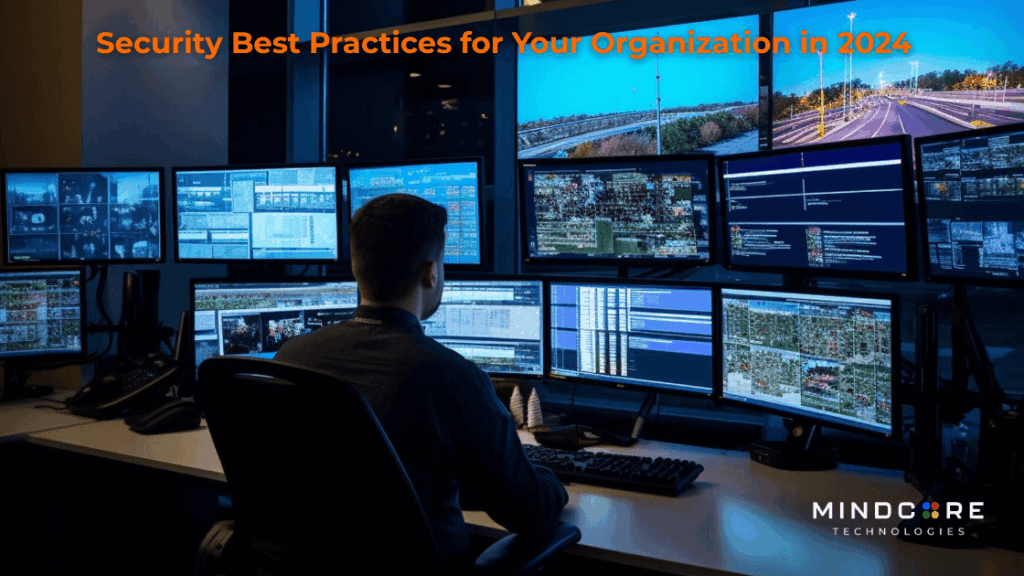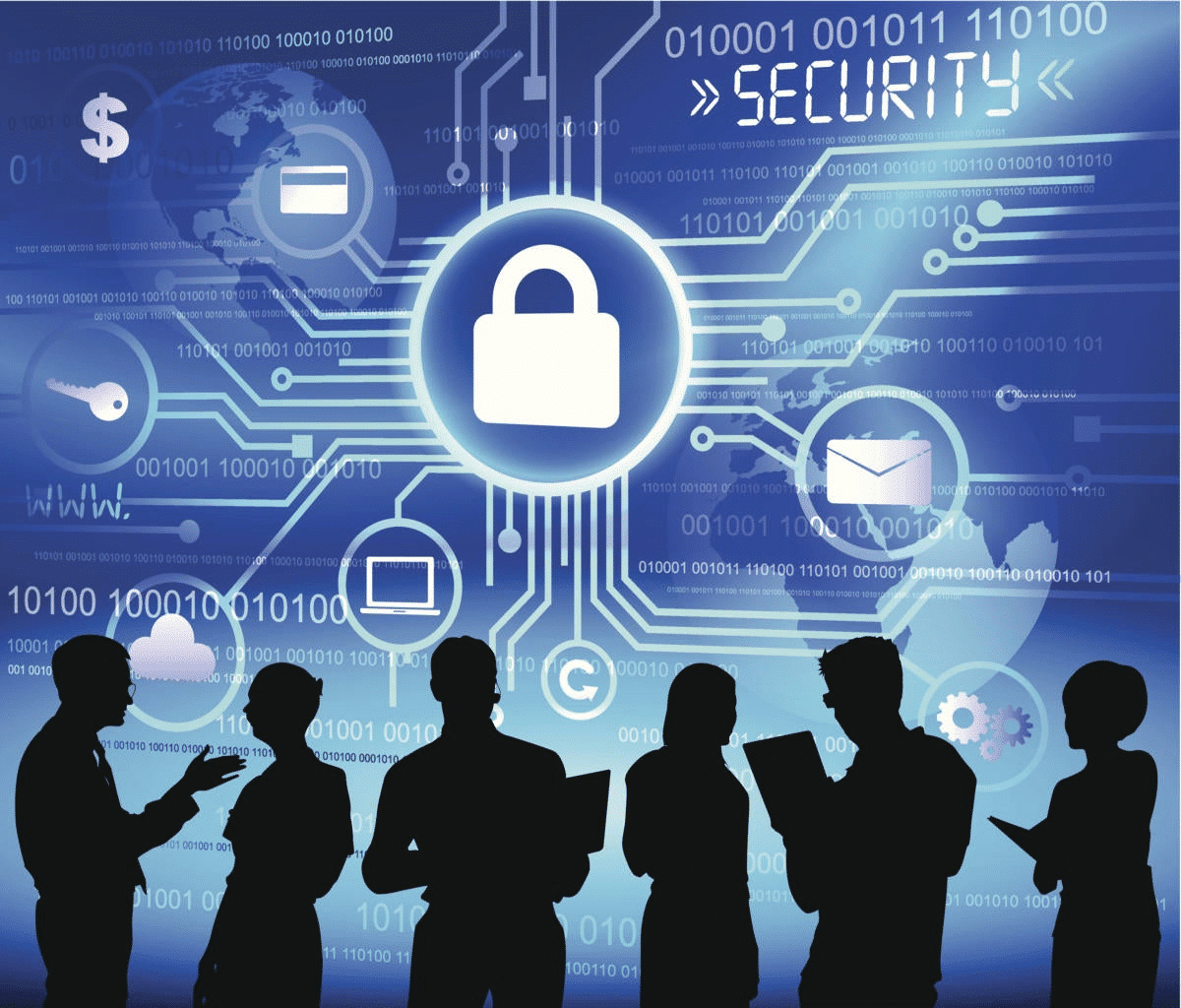Just like in any other fast-paced digital climate, it is crucial to secure an organization’s asset. As technology evolves so do the weaknesses in businesses which endanger their security. The following shall guide you on some of the security best practices for 2024, ensuring your organization remains at the forefront of all cyber threats and vulnerabilities.
Implementing Security Strategy
Understanding the present threat landscape and its impact on your business is vital. A good security strategy forms the basis for a safe organization. Here are some key steps for developing and maintaining a strong security posture.
Risk Assessments on a Regular Basis
To effectively protect your organization, understand its unique risks. Regular risk assessments are important; after all, they help identify the weak points in your organization and ensure urgent attention is brought to those places that actually need it the most.
Importance of Regular Security Assessments
Regular security assessments should be conducted to identify the vulnerabilities and decrease the chances of their exploitation before the attack. These assessments include:
- Penetration Testing: Simulating attacks to identify weak points.
- Vulnerability Scanning: Scanning systems regularly for known vulnerabilities.
- Compliance Audits: Checking for compliance industry regulations and standards.
Establish a Security Policy Framework
Creating an elaborate security policy prepares everyone in your establishment for their role. This should touch on the information to be protected, right through to incident and the acceptable use policies.
The task of monitoring and detecting existing threats can now be efficiently done with the help of AI enabled tools that have the potential to monitor. AI-driven tools can:
- Analyze vast amounts of data to detect anomalies.
- Predict potential threats through pattern recognition.
- Automate responses to mitigate risks quickly.
Invest in Your People – Employee Training
Many security breaches relate to human error. These can be reduced very much through extensive training so that employees are better at recognizing and acting on threats.
Improving Network Security

This is critical to the integrity of your data and keeping unauthorized users out.
Implement Multi-Factor Authentication
Adding in that extra layer of security that asks to have various verifications passed before allowing access greatly reduces the risk of unauthorized access.
Always Update/ Patch Systems
Regular updating of systems with new patches is important. Updates are done to patch known vulnerabilities and protect against new threats.
Monitor Network Traffic
Constant monitoring of network traffic will alert you on suspicious activities going on with the network. Employing intrusion detection systems can increase responding chances to a possible breach.
Securing Endpoints
Laptops, smartphones, and the other paraphernalia are usually the weakest parts of the security chain for your organization.
Utilize Endpoint Protection Software
It helps in detecting and preventing malware, ransomware, and other malicious activities on every single device.
Strong Password Policies
Strong, robust passwords can be set and regular interval password change can be set as a mandatory policy. Password managers are available to help employees manage credentials securely.
Using Virtual Private Networks
To ensure secure, encrypted connections for remote workers. Utilizing VPNs protect data transmitted over the internet from eavesdropping and interception.
Remote Wipe Capabilities can be Enabled
In cases of device theft or misplacement, remote wipe capabilities allow the user to erase sensitive data and block any unauthorized access.
Data and Privacy Protection
The confidentiality of the data and its integrity are prerequisites to ensure trust and compliance with statutory regulations.
Encrypt Sensitive Data
It makes the data secure, such that only intended users can access it. At-rest and in-transit encryption on data should be implemented.
Implement Data Loss Prevention Solutions
Data Loss Prevention, or DLP, protection enables control and monitoring of sensitive information so as to prevent potential leakage or theft. It blocks unauthorized data sharing or transmission. DLP tools can:
- Identify sensitive information.
- Monitor data movement.
- Block risky data transfers.
Regular Data Backups
Back up your data regularly so that you can recover from ransomware attack, system failure, and every other incident of data loss. Store backups securely and test them periodically to ensure they work.
Conclusion
The landscape of cybersecurity is complex, more so in 2024. These best practices will help your organization to better defend against cyber threats. Keep active and update security, educate employees on their role in a culture of security, and always remember: a secure organization is a successful organization.
Stay Secure with Our Expert Solutions
Serve the security needs of your organization through our custom solutions. Contact us today to understand how we can help keep you ahead of cyber threats to protect your digital assets.

